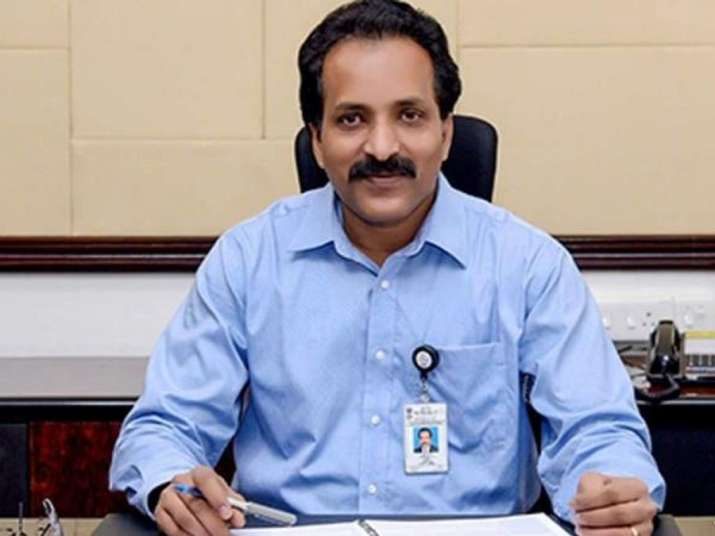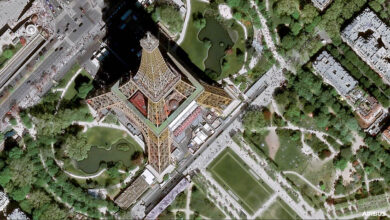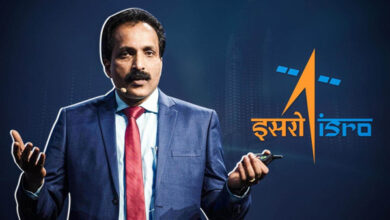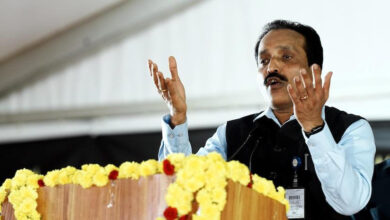Bharatiya Antariksh Station
- First set of trials for Bharatiya Antariksh Station to begin next year: S. Somanath Last October, Prime Minister Narendra Modi set ambitious goals for the ISRO, asking the space agency to establish a ‘Bharatiya Antariksha Station’ by 2035 and sending the first Indian to the Moon five years later.
Bangalore, January 19. The first set of trials for the ambitious Indian Space Station will happen in 2025, Indian Space Research Organisation Chairman S. Somanath said, noting that the space agency was in talks with the industry for a 2028 launch of the first module of the station. Last year, ISRO confirmed that before the final space station is set up in 2035, the space agency will be setting up a preliminary version in 2028.

The Indian Space Research Organisation (ISRO) will be conducting the first round of tests for the Bharatiya Antariksh Station, India’s own space station which will be the hub for conducting micro-gravity studies, international collaborative research and further studies around space biology and medicine, Chairman S. Somanath said.
ISRO scientists said the Bharatiya Antariksh Station will serve as a gateway to interplanetary missions for India
Somanath said that the space agency is currently focusing on setting up the Indian Space Station, the preliminary version of which is expected to go up by 2028.
“By next year we are hoping to conduct the first round of tests for the space station,” the ISRO chief said.
The ISRO chairman said the first space station might be an unmanned one, but there could be a docking option to ferry human crew in future. “The person will come (to the station) whenever they are there. It will still work if there is nobody,” he said. Last year, ISRO confirmed that before the final space station is set up in 2035, the space agency will be setting up a preliminary version in 2028.
The Bharatiya Antariksh Station will have a crew command module, habitat module, propulsion module and docking ports. The entire capsule is estimated to have a mass of around 25 tonnes, which will be increased in the future depending on the expansion of the station.
“A basic model of the space station is expected to be put in orbit by 2028, by 2035 we will have the full, expanded version of it. I have been reviewing some of the designs,” Somanath said.
In a review meeting with the department of space in October last year, Prime Minister Narendra Modi had set ambitious targets for India’s future space missions, announcing that ISRO will be setting up an Indian Space Station by 2035 and will be sending the first Indian astronaut to the Moon by 2040.
“Building on the success of the Indian space initiatives, including the recent Chandrayaan-3 and Aditya-L1 missions, the Prime Minister directed that India should now aim for new and ambitious goals, including setting up ‘Bharatiya Antariksha Station’ (Indian Space Station) by 2035 and sending first Indian to the Moon by 2040,” PM was quoted in an official statement in October.
The department of space, which oversees the operations of ISRO, was also directed to develop a roadmap for India’s future Moon exploration missions, which would essentially work towards planning subsequent series of the Chandrayaan mission, the development of a Next Generation Launch Vehicle (NGLV), which would be equipped to undertake return missions, the construction of a new launch pad and the setting up human-centric laboratories and associated technologies.
Currently, there is already an International Space Station which is in orbit, which brings together international flight crews, multiple launch vehicles, globally distributed launch and flight operations, training, engineering, and development facilities, communications networks, and the international scientific research community.
The space station was designed between 1984 and 1993 and elements of it were in constructed around US, Canada, Japan, and Europe.
According to the National Aeronautics and Space Administration (NASA), the ISS is the largest object ever to orbit Earth, having a pressurised volume of approximately 900 m3 (31,000 ft3) and a mass of over 400,000 kg (900,000 lbs). It orbits at an altitude of between 370km and 460km (200–250 nmi).
ISRO scientists said the Bharatiya Antariksh Station will serve as a gateway to interplanetary missions for India and will also become an international platform for collaborative space research.
“There is a committee that has been formed that is dedicatedly overseeing the progress of space station designs. This will be a major milestone for Indian space programme,” said a senior ministry official.
Work has also started for developing a 10 tonne class rocket to ferry an Indian to the moon. “A rocket is to be developed when there is a long term utility. Now there is a need as we have to send humans to the moon and plan for our own space station. We need a bigger rocket,” he said. Somanath said as a part of an Indo-US agreement, an Indian astronaut would travel to the International Space Station this year, but no decision has been taken on whether one of the four Indian Air Force pilots trained for the Gaganyaan mission would be selected.
The selected crew will have to undergo a separate training under the supervision of the USA’s National Aeronautics and Space Administration (NASA) as a different rocket will be used for transportation to the International Space Station.
On the Venus mission, Somanath said the plan was to launch the mission to Venus in 2028 and engineers were working towards it, but it would not be possible to give a timeline as the primary goal for ISRO was the tasks set by the Prime Minister.
“Venus mission has already been proposed. We are looking at how to bring down the costs as there are some high value items,” he said, adding that work had started on the second Mars mission too.





